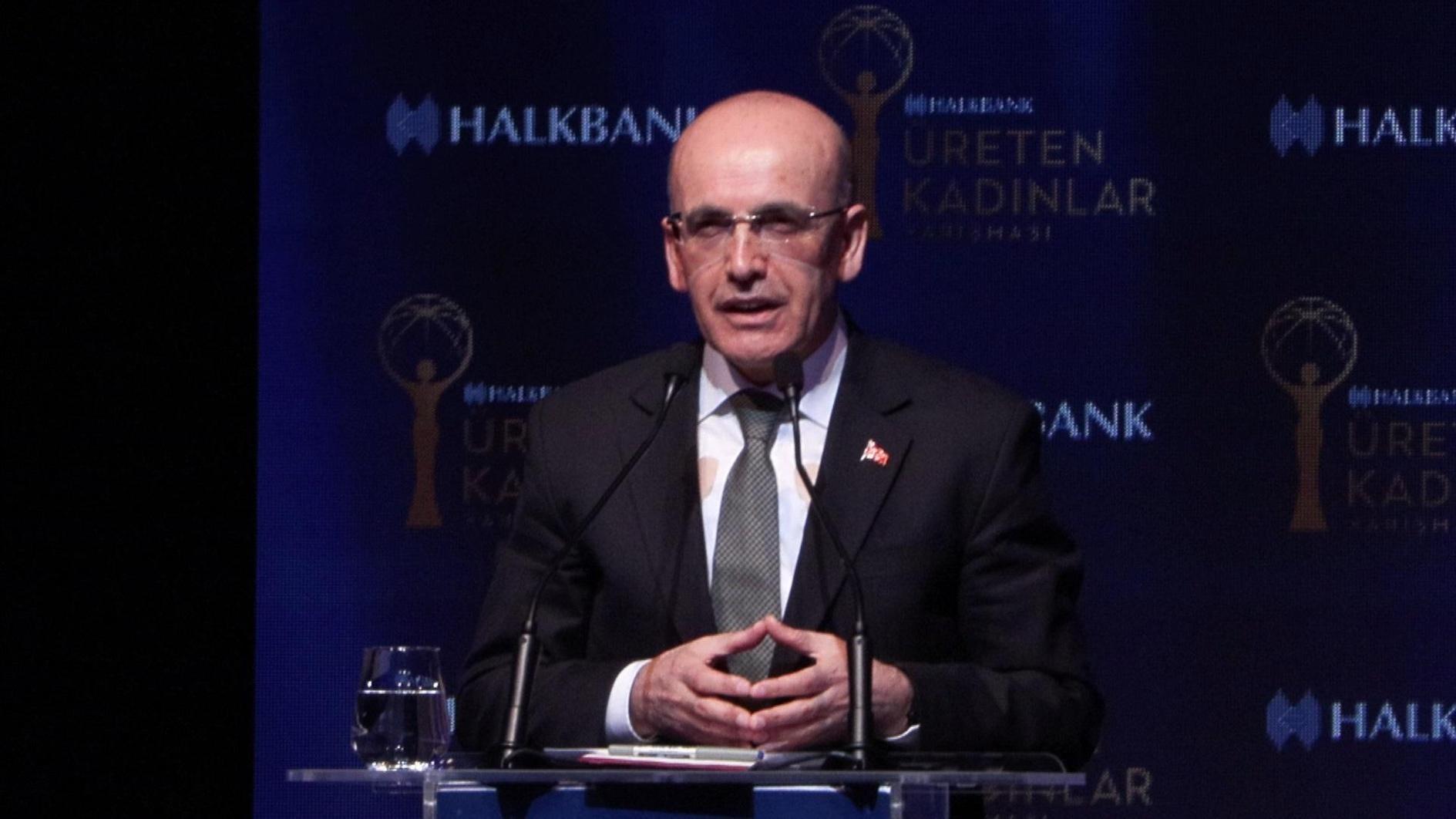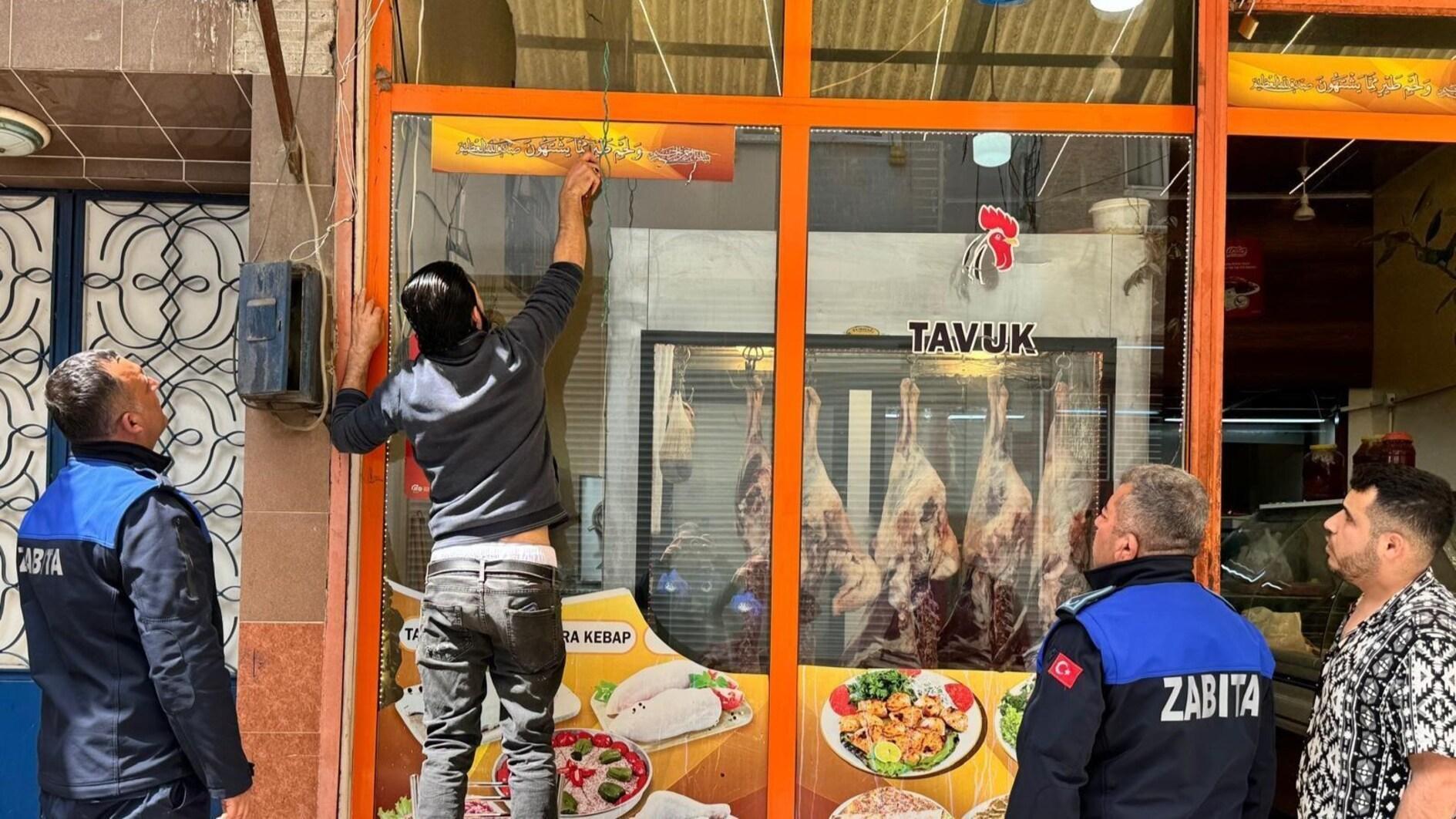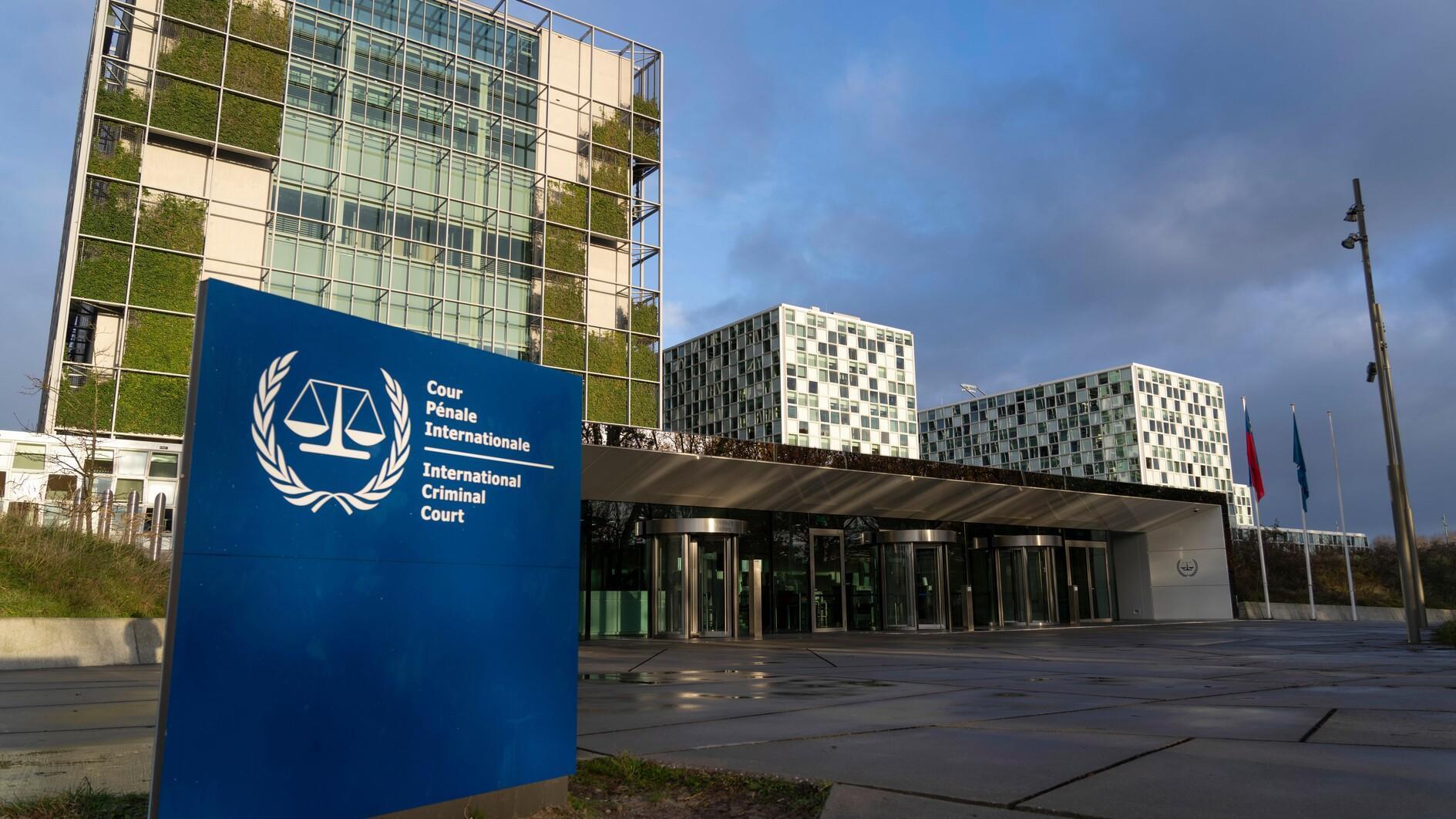Minority foundation to file lawsuit
ISTANBUL - Hürriyet Daily News
The Armenian Protestant Church Foundation in Gedikpaşa is preparing to file a lawsuit against the General Directorate of Foundations for the properties that have not been returned as part of the law on foundations passed last year.The church has not been able to take back the Tuzla orphans’ camp, the construction of which was contributed to by killed Turkish-Armenian journalist Hrant Dink. The General Directorate of Foundations decided to pay 140,000 Turkish Liras to the foundation for a four-story building located in one of the busiest streets of Gedikpaşa, despite it actually being worth one million liras. The decision was announced under the name of the General Directorate of Foundations Istanbul 1st District Office’s Foundation Services Department.
Krikor Ağabaloğlu, the pastor of the church, spoke to the Hürriyet Daily News about the latest developments on the issue. “Our land in Tuzla was not returned and now they are proposing 140,000 liras for a building that costs one million. This is shameful; they are ridiculing us,” he said. “We have five foundations and only two of them have been returned. We are struggling to survive with only the support of the church community.”
Ağabaloğlu said the building’s price would be determined with an expert review and a lawsuit would be filed as soon as possible.
He criticized both the state and the minority communities. “[Minority communities] cheerfully gave positive messages and conducted visits of thanks as if everything was alright. However, we could not even take one further step from the point we started from,” Ağabaloğlu said, adding that the mentality that occupied their property 30 years ago had not changed and that the state was continuously prevaricating about the issue.
The law on the return of minority foundations was passed by the Justice and Development Party (AKP) government last year.
Turkey’s minority groups in 1936 were forced to give the government declarations detailing the property in their possession. Over the years, many of these properties did not remain registered under the minority foundations’ names, and some were even sold to third parties.
















